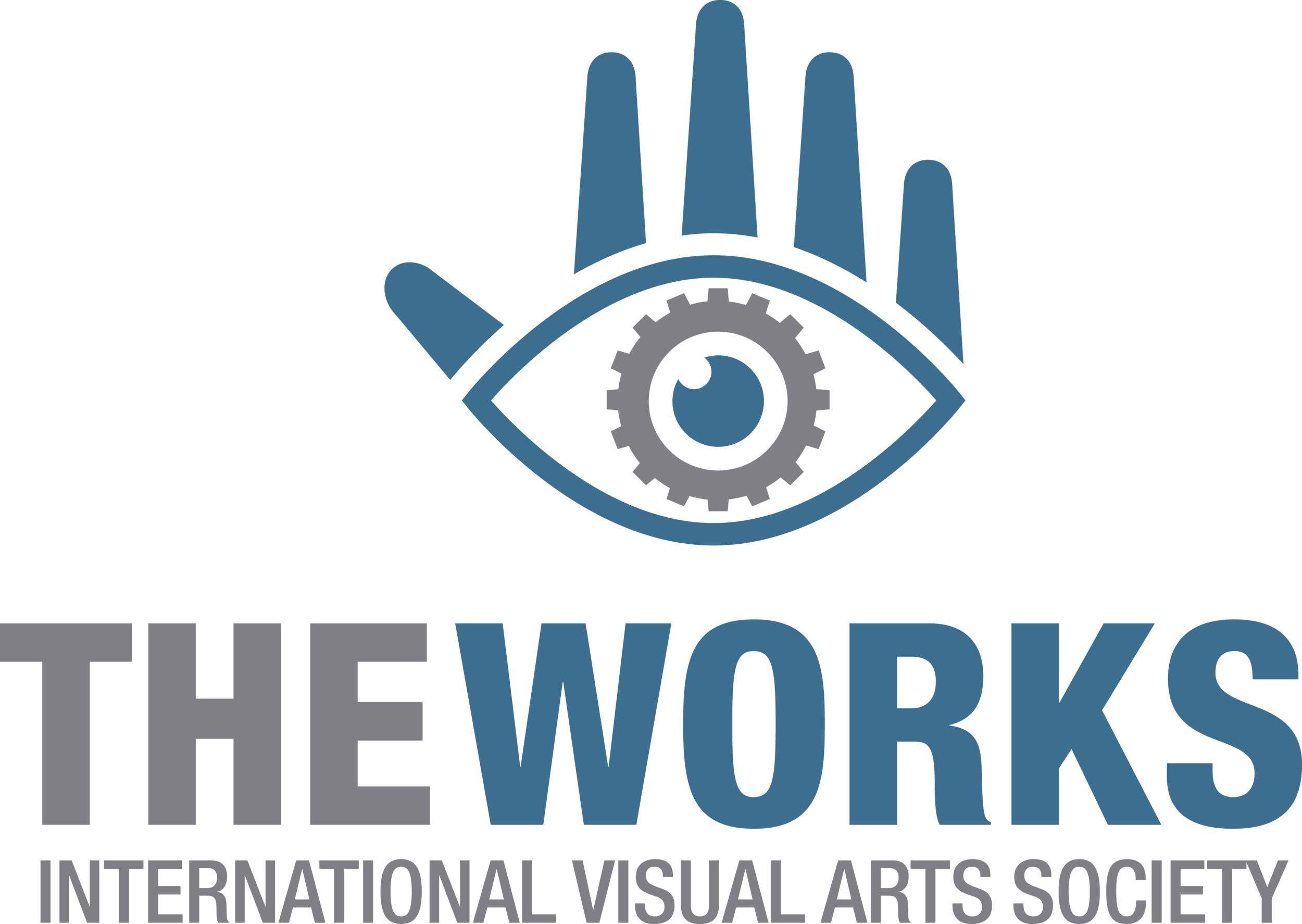Harmonious Cacophonies in Art by Yang Lim
Colleen Ulliac’s There Are No Words exhibition at Edmonton City Hall. Photograph by Jacob Leblanc.
Collage creation has the potential to facilitate freeform and spontaneous explorations of imagery without being constrained by particular aesthetic techniques or conventions, through which serendipitous discoveries of meaning can emerge. Challenging people's preconceptions and assumptions around various ideas, Colleen Ulliac’s There Are No Words encourages people to question what they see and make sense of the world around them in new ways.
The impact of Ulliac’s eye-catching collages arises from her provocative juxtaposition of images from unexpected thematic and visual contexts, many of which people may not necessarily make connections among or associate with their day-to-day lives. The World is one particularly striking collage that exemplifies her aesthetic approach in her other works. Amidst images of eyes and hands, the work contains images that are suggestive of the built and natural environments. These include a night sky with a brightly-lit moon, a stormy sky with lightning, butterflies and other insects, purple flowers, an office tower, and what appears to be an apartment building undergoing demolition. Taken together, these seemingly disparate elements are artfully arranged to create a unified collage that features a man with a mask at the centre while all the other images swirl around him, as if he is rising above the chaos and directing all that is happening, much like a conductor leading a symphony orchestra.
Similarly striking juxtapositions of images appear in Sage and Dreamer, both of which connote impressions of the mythological, spiritual, and material. Set against a backdrop of outer space and the earth, Sage features a wolf’s head that is rising out of a fire and is surrounded by silver balls and rockets blasting off into space. In Dreamer, a deer is depicted among a layered background of colours that include the night sky, among which are images of candles, lightning, and what appear to be fundus photographs. Other works such as Idol, Angel I, and Angel II raise questions around people’s expectations about idols and angels and their significance to our lives.
Paradoxically, amidst the seemingly chaotic arrangement of imagery that characterizes each collage work, Ulliac’s selection and placement of these images evoke a sense of visual unity through her adept choice of colours, shapes, and styles. Her works will stimulate ways of thinking that people may have never considered before and, in doing so, open up new possibilities for connections and meanings.

